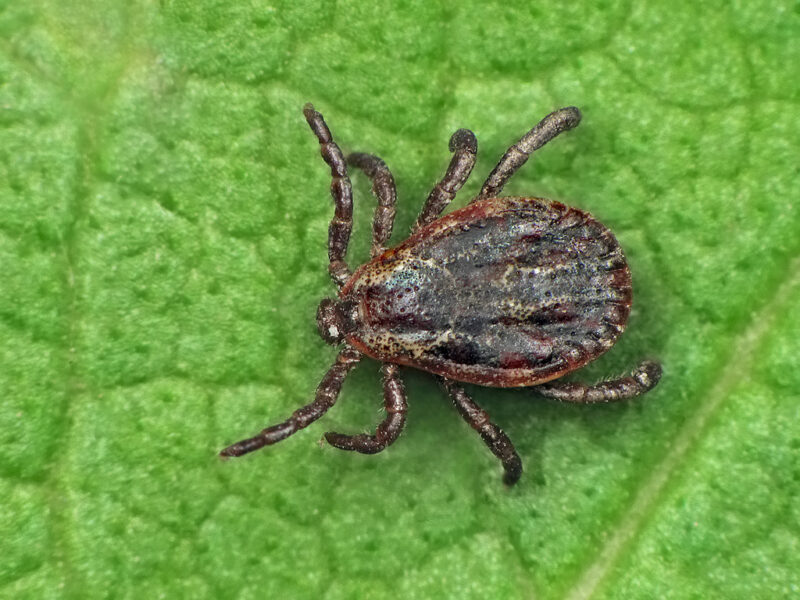On August 1, 2016 in Northern Russia, a 12-year-old boy died of anthrax, marking the first fatal case among 20 confirmed infected humans from the Yamalo-Nenets region in Siberia. The anthrax outbreak has taken a heavy toll on the reindeer population, killing off 2,300 of the population as of August 2nd The regional government has declared a state of emergency; response has included: quarantine of the area, evacuation and hospitalization of potentially exposed families, burning of reindeer remains, and vaccination of healthy reindeer. Scientists hypothesize that this bout of anthrax, dormant in the region since 1941, was engendered by an unseasonably hot summer with temperatures reaching 35° C. Permafrost melted, exposing a reindeer carcass imbued with anthrax spores that had been frozen for decades to other grazing reindeer [1-3].
Although officials express confidence that the response currently underway will effectively control the anthrax outbreak, its origin raises questions about the potential impact of climate change on other pathogens suspended in the ice [4].
Anthrax is predominately carried by wild and domesticated herbivorous mammals, although the discovery and adoption of veterinary vaccines have relegated it to sporadic outbreaks. Anthrax usually occurs in settings where veterinary vaccine programs have been disjointed. Anthrax can be found most frequently in rural Central and South America, the Caribbean, sub-Saharan Africa, Central and Southwestern Asia, and Southern and Eastern Europe [5].
Humans are typically exposed by way of occupational hazards of working with animals or their remains, or contamination by animal products [6].
Anthrax is a disease caused by the gram-positive, rod-shaped Bacillus anthracis bacteria. Grazing animals can become infected with Anthrax through inhalation or ingestion, which then reproduces within their blood, and releases toxins to rapidly kill the host [5]. The dead, rotting animals are exposed to oxygen, which the bacteria use to transform into hardier spores. The Anthrax spores are then disseminated though soil and can remain suspended for long periods in the sediment until another foraging animal unveils them [4].
Within humans, anthrax manifests in three forms, each with a different virulence: cutaneous, pulmonary, and gastrointestinal. The current outbreak in Siberia has been determined to be gastrointestinal anthrax, which without treatment, kills an estimated 50-75 percent of its victims [4]. While a few cases of human-to-human transmission are thought to exist, the scarcity of these events led anthrax to be labeled ‘non-contagious’ [6].
In response to the outbreak, the health authorities launched a multipronged strategy, much of which is being carried out by troops with training in biological warfare. The governor of Yamalo-Nenets, Dmitry Kobylkin, declared a state of emergency in the region. Authorities have temporarily relocated reindeer herding families of the indigenous communities, imposing a quarantine that may hold until September [2]. Health authorities sent 90 people to the hospital in Salekhard, Yamalo-Nenet’s capital, to be tested for the disease as a precaution, with the majority testing negative. A vaccination campaign is underway for the live reindeer and dead reindeer carcasses are being burned [7].
Although this particular outbreak appears to be under control, by some estimates 7,000 burial sites harboring anthrax-infected carcasses from early 20th century outbreaks are distributed throughout Northern Russia. With climate change causing temperatures to rise quickly in the Arctic Circle, microbiologist Birgitta Evengård states these anthrax outbreaks could occur every summer [7]. Anthrax may not be the only disease resting within icy carcasses [2]. Smallpox and bubonic plague are also likely embedded in the Siberian ice. In Alaska’s tundra, fragments of the 1918 influenza pandemic have been found in frozen corpses [7]. In the face of that hypothetical: public health officials should conduct rigorous surveillance, medical authorities should act quickly for prevention and containment, veterinary authorities should ensure that livestock vaccination campaigns are strong, and officials should restrict access to known old gravesites.
—
Sources
[1] http://www.theatlantic.com/news/archive/2016/08/siberias-deadly-anthrax-outbreak/493994/
[2] https://www.washingtonpost.com/news/morning-mix/wp/2016/07/28/anthrax-sickens-13-in-western-siberia-and-a-thawed-out-reindeer-corpse-may-be-to-blame/
[3] http://www.nytimes.com/2016/08/03/world/europe/anthrax-outbreak-russia-reindeer.html
[4] http://www.scientificamerican.com/article/zombie-anthrax-goes-on-a-killing-spree-in-siberia-how/
[5] https://www.cdc.gov/anthrax/basics/
[6] http://www.who.int/csr/disease/Anthrax/en/
[7] http://www.npr.org/sections/goatsandsoda/2016/08/03/488400947/anthrax-outbreak-in-russia-thought-to-be-result-of-thawing-permafrost

